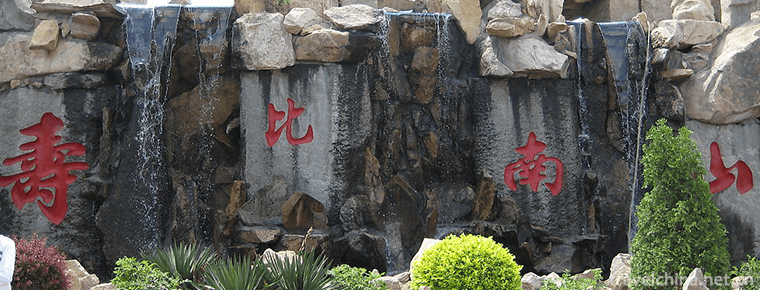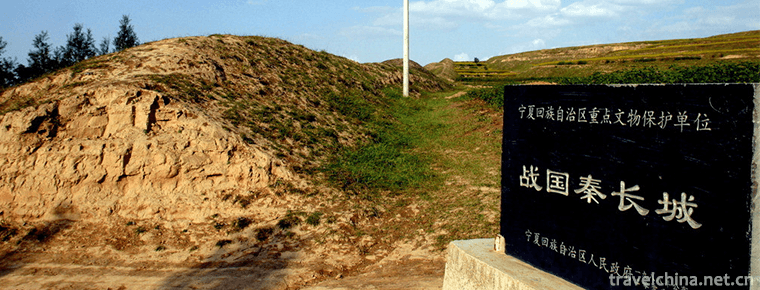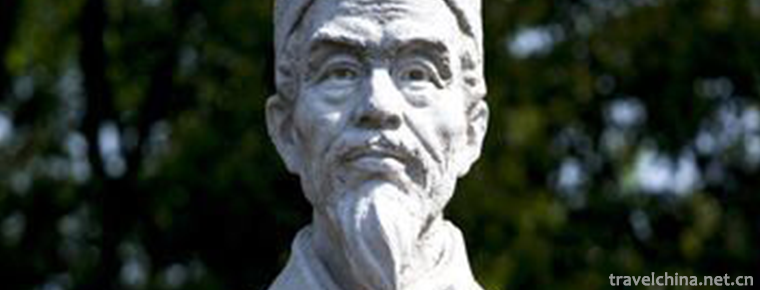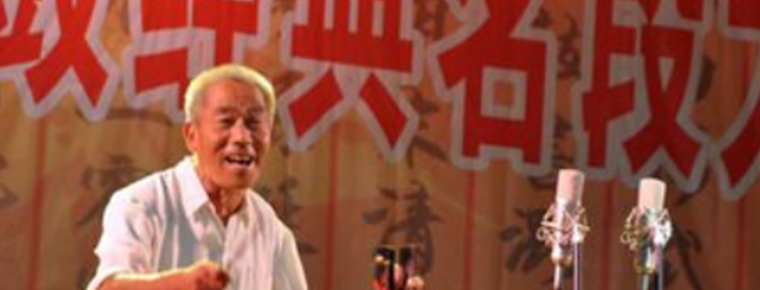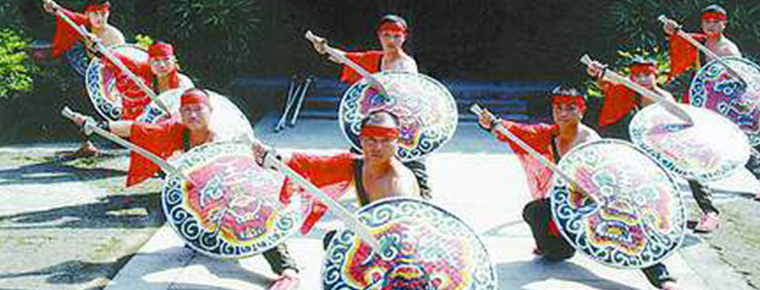Bronze drum dance
Bronze drum dance
Tonggu dance is one of the most popular and influential ancient dances among the Zhuang and Yi people in Wenshan Zhuang and Miao Autonomous Prefecture of Yunnan Province. It is distributed in Zhuang and Yi villages in Guangnan, Malipo, Funing, Xichou, Maguan and Qiubei counties, while in Guangnan County, Zhuang, Yi and Malipo County, Xinzhai Township and Muyang Township in Funing County. The bronze drum dance of Baini branch of Yi nationality is the most representative.
On May 20, 2006, Tonggu Encouragement was listed in the first batch of national intangible cultural heritage list with the approval of the State Council.
historical origin
The copper drum unearthed in Chuxiong, Yunnan Province, has been more than 2600 years since then. Copper drums may have evolved from copper kettles, originally cookers or ceremonial utensils. In the Ming Dynasty's Shuzhong Customs Record, when weddings and funerals and New Year's Day, the local people should "beat bronze drums and sing and dancing". At the same time, the bronze drum dance is also closely related to sacrifice or witchcraft activities, such as the Song Dynasty historical records said: "Bronze drums, bronze sand gongs to worship gods"; "illness does not know the doctor, still dancing ghosts, several people in groups, beating drums, singing bowls, dancing shouts".
Bronze Drum Encouragement of the Zhuang Nationality in Wenshan
In ancient times, copper was abundant in the western part of Lingnan. According to the Geographic Records of the Old Tang Dynasty, Tongling County belongs to Hepu County of Han Dynasty, and there are Tongshan Mountain in the boundary. Volume 158 of Taiping Huanyu Records records: "Tongshan, the former Yue King Zhao Tuo cast copper in this mountain. "In the Eastern Han Dynasty, when Ma Ainan Expedition took place, a large number of"Luoyue bronze drums"were obtained. It can be seen that the ancestors of the Zhuang nationality were one of the earliest people who cast and used bronze drums. The decorative features of bronze drums in Zhuangzu area can be roughly divided into two categories. One is the Guangdong-Guizhou style. Its decorative patterns are the common moire, thunder and mat patterns in the Shang and Zhou dynasties in the Central Plains. The other is the Yunnan-Guizhou Style Bronze drums, which have the patterns of xianglu, dancing and boating. They have strong national characteristics. The Jin Dynasty's Pei Yuan's Guangzhou Records (quoted from Zheng Shixu's Copper Drum Textual Research) are as follows: "The bronze drum is a big and noble drum cast by Li Liao, with a vast face, newly completed, hanging in court, Kechen liquor purchased, which attracts the same kind of people, the rich and wealthy children, with gold and silver as the big cymbal, insisting on tapping, knocking unexpectedly, leaving behind the owner as well. "The dancing figures on the bronze drum decoration and the records in the historical books reflect the custom of the ancestors of the Zhuang nationality in ancient times when the bronze drum was cast to attract relatives and friends and to dance happily.
Ancient bronze drum is the symbol of tribal domination power. By the Ming and Qing dynasties, Guangxi implemented the policy of "changing the land and returning to the native land". The status of tribal leader declined, and the bronze drum lost its original function, and was only spread among the people as a musical instrument. A kind of
History books include "banquets for relatives of the Zhuang nationality, that is to say, the bronze drums of Sheng and Sheng" and "the bronze drums of festivals and festivals" by Luo Shilin of the Qing Dynasty (Textual Research on Bronze drums of Jin Yixi). This custom is still prevalent in Zhuang villages today. Whenever the harvest or festival is celebrated, the masses will happily lift the bronze drum to knock. Each village's bronze drum team consists of two drums with different pitches and two female drums. The drums are small in size, high in pitch, large in volume and low in pitch. When beating, the four drummers hold bamboo slices in both hands, beat the heart of the drum with their right hand and beat the edge of the drum with their left hand. The rhythm is changeable and the tone is harmonious.
Folk dances are popular among Yi, Miao, Zhuang, Yao, Shui and Buyi ethnic minorities in Southwest China. Characterized by beating bronze drums and dancing. Bronze drum dance is one of the oldest dances in China. The Miao bronze drum dance is a combination of drum beating and leading. When he strikes out the drums with fast, slow and orderly rhythm, he dances along with it. People surround him, moving forward and backward, and dancing on the drums.
The Yi people are called "wife and beauty". It is an ancient traditional folk dance loved by the Yi people in eastern Yunnan. It is spread in Funing, Guangnan, Malipo and Xichou counties of Wenshan Zhuang and Miao Autonomous Prefecture. Because of the accompaniment of playing bronze drum when dancing "Wife and Beauty", it is called bronze drum inspiration.
Bronze drums were first used as cooking utensils. Ancient Southern nationalities also served as ritual utensils and symbolized power. It has a long history, so it is also a tool for transmitting information. Bronze drums are regarded as auspicious things. They are properly preserved in peacetime and only inspired by grand festivals or wedding and funeral ceremonies. According to the biography of Tang Shu? Nanman, it reads: "Strike bronze drums, blow wooden horns, sing and dance for music." The Ming Dynasty "Shuzhong Customs Record" contains: "Ma Hu Yi, age hundred and ten, singing and dancing with bronze drums, drinking dome day and night for pleasure." "Marriage employs cows and wine... Come together and blow the brass drum and the trumpet." "The funeral drum singing, men and women around the corpse jumping, mourning and scattering..." (Guizhou Jiajing Tongzhi) This custom is still retained in the funeral activities of ethnic minorities such as the Shui nationality. The bronze drum dance is also closely related to sacrificial and religious activities. In Nanzhou Foreign Objects Chronicle, there are sacrificial activities accompanied by beating drums. After the Song Dynasty, because of poverty and lack of medical treatment and medicines, the nationalities in Southwest China suffered from diseases, namely "beating bronze drums and bronze sand gongs to worship gods". "Diseases do not know the doctor, still dancing ghosts, several people in groups, drumming signs, dancing shouts" (Li Qi Jiwen, Song Shi? Manyi Legend). After the founding of the People's Republic of China, bronze drum dance was mostly used in celebrations of New Year's Day and became a self-entertaining dance for the masses.
Current situation of inheritance
The demonstration sites of bronze drum encouragement activities of the Zhuang and Yi nationalities in Wenshan are the main positions for carrying out the protection and inheritance of the project and the support points for the implementation and development of the project. Among them, there are two demonstration sites for activities of the Zhuang nationality: Guima Village, Nasa Town, Guangnan County, Liyu Village, Zhelao Township; and two demonstration sites for activities of the Yi nationality: Lisa Village, Babao Town, Guangnan County, Xinzhai Village, Donggan Township, Malipo County, and Chengzhai Village (the latter two villages are one point).
At the licensing ceremony, Wang Guowen, village head of Lisa Village, holding the brand "Wenshan Zhuang Yi Bronze Drum Encouragement Demonstration Site" and 2000 yuan inheritance fund, said excitedly: "In recent years, we have received the attention of leaders at all levels, and have been invited to participate in various performances in towns or counties on many occasions. Unexpectedly, our bronze drum encouragement will receive such attention from the state. Now we not only have to jump down from generation to generation, but also to Wenshan and Kunming, so that more people can see it.
According to Wang Ying, curator of Wenshan Prefecture Culture Museum, the relevant measures for the inheritance and development of bronze drum encouragement in the prefectures and counties are as follows: to continuously enrich the relevant materials of the words, music, audio-visual and instruments of the "bronze drum encouragement of the Zhuang and Yi nationalities in Wenshan" and to establish the files of the inheritors. Four levels of leading groups of protection work at prefecture, county, Township (town) and village levels should be set up to form an organized, planned and responsible standard protection; Wenshan Prefecture Culture Museum and Guangnan and Malipo County Culture Museum should establish "Wenshan Zhuang Yi Bronze Drum" Folk Custom Exhibition Hall respectively in artistic forms such as physical objects, pictures, literary works and audio-visual works; and Guangnan and Malipo Counties should establish "Wenshan Zhuang Yi Bronze Drum" Folk Custom Exhibition Hall respectively. Shanzhuang Yi Bronze Drum Dance Demonstration Site inheritance activity venue (and training institute), support the bronze drum dance old artists to carry out learning activities, cultivate the younger generation; take the school as a demonstration point, the bronze drum dance will be arranged into students'exercises between classes, so that young students can get the influence and edification of the beautiful music melody and dance rhythm of bronze drum dance from an early age.
Wenshan Bronze Drum Encouragement is one of the important spiritual pillars of the Zhuang and Yi people, which embodies the creativity and wisdom of the Zhuang and Yi people, has distinct national and regional characteristics and important historical, cultural and artistic values. The bronze drum culture reflects the industrious, intelligent, honest and kind character and aesthetic concept of the Zhuang and Yi people. It is an important medium for studying the social history of the Zhuang and Yi people and inheriting the traditional culture of the ethnic group. It plays an extremely important role in maintaining the survival and development of the ethnic group. After nearly three years of field investigation, collection, collation and declaration by cultural workers at all levels, Wenshan Zhuang and Yi Bronze Drum Encouragement was listed in the first batch of national intangible cultural heritage protection lists in May 2006.
Inheritance Significance
Due to the impact of foreign cultures, the young generation of Zhuang and Yi nationalities lack a deep understanding of the traditional national history and culture, leading to a sharp decline in the number of bronze drum practitioners. If they are not protected and inherited in time, they are in danger of extinction.
The state attaches great importance to the protection of intangible cultural heritage. On May 20, 2006, Tonggu Encouragement was approved by the State Council to be included in the first batch of national intangible cultural heritage list.

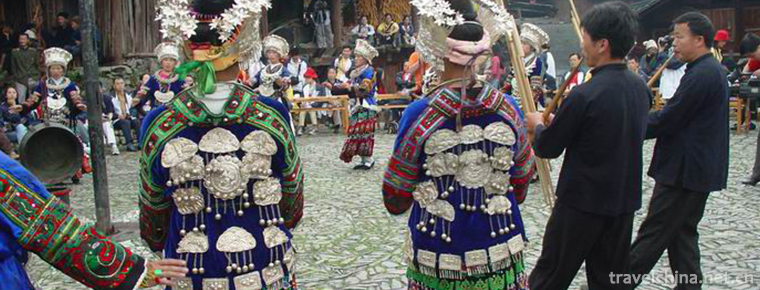
-
Aba Tibetan and Qiang Autonomous Prefecture
abbreviated as Aba Prefecture, is a national autonomous prefecture in Sichuan Province.
Views: 301 Time 2018-10-13 -
The Oriental Pearl Radio & TV Tower
The Oriental Pearl Radio and Television Tower is one of the landmark cultural landscapes in Shanghai. It is located in Lujiazui, Pudong New Area, with a height of 468 meters.
Views: 608 Time 2018-12-05 -
Longkou Nanshan Scenic Area
Nanshan tourist scenic spot is located in the beautiful scenery of Lu Shan in Longkou City, Yantai City, Shandong province. The scenic spots of Nanshan Temple.
Views: 115 Time 2018-12-08 -
The Great Wall Site of Qin Dynasty in Ningxia
The site of the Great Wall of King Zhao of Qin Dynasty was built in the twenty-fifth year of King Zhaoxiang of Qin Dynasty (272 BC). It was built to defend against the invasion of the Huns in the sout.
Views: 120 Time 2019-02-07 -
The Old Site of Zaoyuan Revolution
Zaoyuan is located 8 kilometers northwest of Yan'an City. It is a garden-like revolutionary memorial. There are many kinds of flowers, plants and trees growing in it. The scenery is beautiful and the .
Views: 157 Time 2019-03-09 -
Legend of Li Shizhen
Li Shizhen is a great medical scientist in Ming Dynasty in China. His footsteps have traveled all over Jiangxi, Jiangsu, Anhui, Hunan and Guangdong. The legends about him and Compendium of Materia Med.
Views: 197 Time 2019-05-13 -
Lu an drum
Luan drum is a traditional drum book and drum music form with distinct regional characteristics in the north, also known as the "old tune of Lu'an". It is named for its popularity in the are.
Views: 438 Time 2019-05-15 -
Shaheteng Array
The rattan array is the only ancient combat technology in northern China. It has gone through hundreds of years since Ming Dynasty. Today, it only exists in Shilipu Village, Shahe City, Hebei Province.
Views: 342 Time 2019-06-12 -
Anhui University of Finance and Economics
As a multi-disciplinary finance and economics university, economics, management and law are the first batch of universities that have the right to grant bachelor's degree and the third batch of granti.
Views: 186 Time 2019-09-30 -
Dagu Glacier
Dagu iceberg scenic area is located in Heishui County, Aba Tibetan and Qiang Autonomous Prefecture, Sichuan Province, China, 102.44.15-102.52.46 E and 32.12.30-32.17.06 n, which is a rare modern mountain glacier. .
Views: 348 Time 2020-11-07 -
Luzhou natural resources
The total amount of water resources in Luzhou is 6.657 billion cubic meters per year. The groundwater reserves are rich, reaching 1.065 billion cubic meters per year, among which Xuyong and Gulin counties in the south are the richest. The structural fissure water in the south.
Views: 345 Time 2020-12-14 -
Luzhou scenic spots
Luzhou has a long history, profound cultural accumulation, strong ethnic customs and rich tourism resources, forming five characteristic tourism resources represented by famous wine culture, ecological culture, red culture, historical culture and Yangtze River culture. By the end of 2016.
Views: 354 Time 2020-12-14


